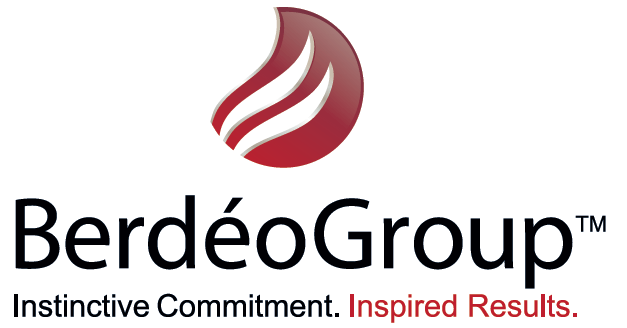The COVID-19 pandemic and the chaos that unfolded along with it challenged us all with a level of uncertainty that many of us thought we would never experience. While uncertainty is generally regarded unfavorably, the goal-seekers among us – those of us who remain focused on conquering the next goal, regardless of the odds – know that uncertainty can help steer us towards success. What’s more, those of us who embrace it know it as part of a magical process.
Throughout this pandemic, I’ve been focused on helping my clients survive and thrive. As part of this process, I have asked them to reflect on the past 90 days. Although my clients work across various sectors – healthcare, education, private firms, and beyond – there are parallels in what they’ve learned and that to which they have had to adjust. While the chaos and uncertainty surrounding the pandemic presented a challenge, universally, within this challenge, there is an excellent opportunity to grow, depending on your perspective. With an open, curious, questioning mind and a willingness to reflect, we can extract valuable lessons from difficult times. Reflection, of course, is key to this.
As we all know, leaders are routinely judged on what they say and do – their leadership behaviors. These tendencies and associated actions, and how they are perceived, are magnified in a crisis. It can be as essential to assess a leaders’ first 90 days in a new role as it is to evaluate his or her last 90 days of a crisis. You can even evaluate yourself, but to do this effectively, you need to understand what drives your behaviors.
Behaviors are influenced by many factors, including knowledge, underlying abilities, motivations, and more rooted personal tendencies. They are also influenced by the set of conditions and environment in which you operate. While normal working conditions allow leaders time and space to manage their responses, times of stress and crisis represent a set of circumstances in which rational thinking, judgments, and actions are often overridden by strong personal tendencies.
The three questions that follow help you explore which personal tendencies may have surfaced during the pandemic, for better or for worse, and how they may have impacted the quality of your leadership and work. A focused, intentional reflection on these questions will help you identify opportunities to improve not only during times of stress and chaos but even as things return to normal.
-
What changed for the better?
While it may feel cliché to look for ‘the silver linings,’ there are many benefits in pivoting your perspective toward the positive. Identifying positive changes allows you to start planning how to integrate these changes into a post-COVID-19 world so that you and those you lead can continue to enjoy the benefits you may have experienced.
Set aside some time to free-write any positive changes that come to mind; then, dig deeper, looking at why this change came about, beyond the noticeable changes of circumstance. For example, let’s say you’ve found that virtual meetings have allowed ordinarily quieter folks to speak up more, and share valuable contributions that may not have surfaced otherwise. What was it, specifically, about that virtual format, and the novel dynamics that it enabled, that led to this change? Think broad in your brainstorming, then narrow in on the specific factors associated with the benefit.
-
What do you want to continue?
Once you’ve identified changes for the better, explore what you want to continue. At first, let your thoughts flow freely here, removing the boundary of what you consider financially, logistically, or culturally feasible or not.
For now, focus on the WHAT – not the how, which will come in planning phases later. If you find it challenging to temporarily bypass the “how,” look back to the list of factors that you identified as causing each benefit. For example, perhaps continuing virtual meetings is not a possibility for your team – but do you want to continue to foster an environment where each team member feels comfortable speaking up? Can you make a shift in the dynamics of in-person meetings that will allow you to sustain the benefit you identified?
-
What were your derailers?
It is imperative to reflect on your derailers. Just like with question #1, also spend some time evaluating the direct and indirect causes of these derailers. Remember that when we show up to work, we inevitably show up as a whole person, not just as our job title, especially in a work-from-home environment. Take a 360-degree look at the triggers that may have led to your derailers, and consider why they derailed you and how you would respond differently in the future. A candid, honest review here will allow you to apply your learnings during times of both crisis and calm.
So which of your personal tendencies surfaced during the onset of COVID-19? If you felt you could have done better leading your organization through this time, this 15-minute course courtesy of DDI is a great tool to learn how you can do better in the event of a future setback.





